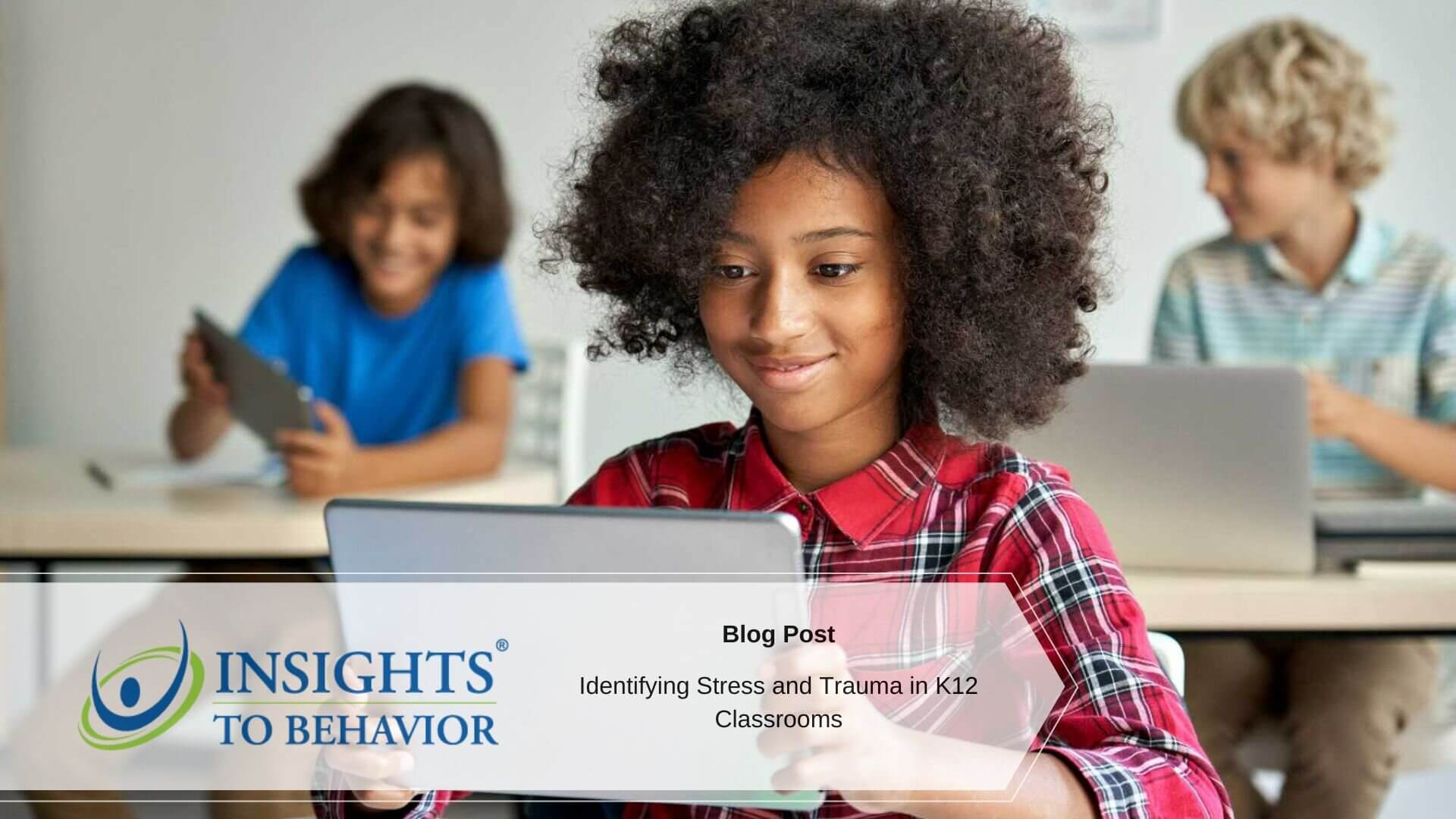Did you know that more than 5 million children in the United States suffer from anxiety to some degree? Stress and trauma in the classroom are much more common than you might expect, and they can be hard to deal with. Stress and trauma can often make students act out and interrupt the flow of the classroom.
This is why Applied Behavior Analysis (or ABA), along with positive reinforcement, is so important for helping students through their behavioral problems. But where should you start? Keep reading and learn more about how to identify and manage signs of stress and trauma in the classroom.
How to Identify Signs of Stress and Trauma in the Classroom
Both stress and trauma have similar signs in students and you can teach yourself to recognize these signs both in person and in a virtual classroom. As long as your virtual learning platform allows you to see and hear students and how they behave, you can begin to understand their behavior.
The first sign of there being a behavioral problem with a student involves the student avoiding interaction with other students or the teacher.
For example, a stressed or traumatized student may be unusually quiet. It may even be difficult for that student to interact with others. The student may instead try to isolate himself from others.
He may feel more comfortable that way, but of course, isolation is not healthy for a young person. Not interacting with others will also damage the student’s social skills in the future.
The student may also exhibit unusual behaviors if he does interact with someone. For example, if the student doesn’t have many friends, he may become unusually clingy if he does happen to make a new friend. Even if he doesn’t make a new friend, he may try to cling to a person who listens or talks to him.
The Details
A stressed or traumatized student may also have inappropriate reactions to minor circumstances. For example, a student may get a B on his math exam. He may start to cry or become very upset at this grade even though it is still quite a good grade. The student may be upset at this outcome because of how stressed he is or because he is under pressure to get perfect grades in school.
In some cases, the student may become very angry instead of sad. He may try to take out this anger on other students or the teacher. He may try to disrupt the class in some way by shouting and making a scene. There may also be more subtle signs of stress and trauma.
If you’re looking to follow applied behavior analysis tips or applied behavior analysis advice, then it is best to identify students who have trouble concentrating or remembering information. More often than not, these students will have a problem with stress or trauma in their pasts. It is important to identify these symptoms as early as possible.
That way, it will be possible to start better managing the student’s behavior and improve it.
How To Manage Students With Stress or Trauma Problems
While it can be difficult to manage students who are stressed or traumatized, it isn’t impossible. You just have to figure out how to approach the unique problem. Of course, every student and every student’s problem will be a little bit different.
Some students may be very quiet and withdrawn while others might be very loud and bothersome to the entire class. Whatever the case, there is always the root of the problem that you must identify and manage. The first step is to think about your previous interactions with the student at hand.
Was the student unusually aggressive or shy? How did the student interact with you in comparison to his fellow students? Taking a moment to talk to the student is a good way to learn more about the student’s problems.
A good way to manage these behavioral problems is to teach not only the student but also the entire classroom about self-awareness. Young students tend to not have a great amount of self-awareness. This can result in behavioral issues that interrupt the entire classroom.
What You Need to Know
Once a student becomes more self-aware, it will become easier and more common for the student to better regulate his own emotions and behavior. This is because the student will better understand how he is acting and how his behavior affects others around him.
Self-awareness can also improve other factors in the student’s life, such as his ability to feel empathy for others and the ability to reduce his own stress.
This is all very important for ensuring that the student doesn’t have an emotional outburst during class. It will also help the student control his emotions and behavior better outside the classroom. Other skills can also help the student overcome certain behavioral problems.
For example, teaching the student about the importance of socializing is very significant. Interacting with others can help the student not only with self-awareness but also with how other people might be feeling.
ABA and Students With Stress or Trauma
Students experiencing stress or trauma tend to be disruptive to the classroom in one way or another. While it can be difficult to help these students, it isn’t impossible as long as you use certain methods such as ABA or other techniques. It is important to identify the problem that the student is experiencing and then figure out how to manage it.
To learn more about managing student behavior, don’t hesitate to click here.




